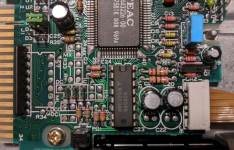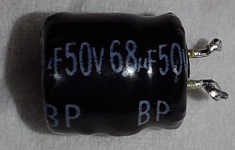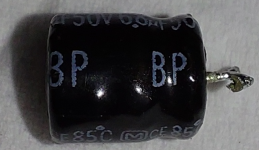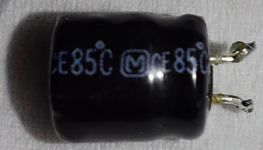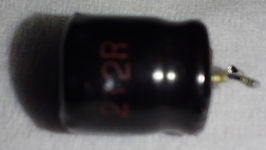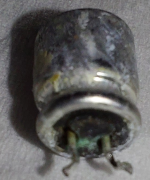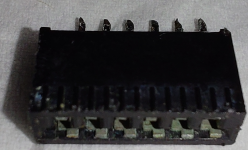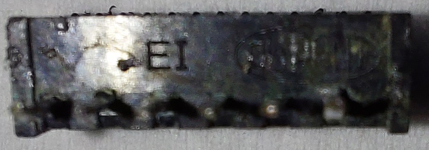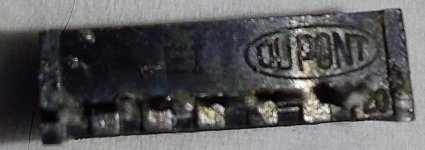Are they electrolytic? If so the polarization should be marked. Also, if they are electrolytic, there's a decent chance one side connects directly to the ground of the drive's supply. Not always, but that is one way to check. Or are they SMT ceramic? Those aren't polarized. No ceramic is.
If the stepper is driven by AC or DC is a trick question. It is driven by DC pulses, which may or may not change polarity depending on the configuration. Do you have a picture? I see VeryVon's picture but can't find C25.
Another way to determine this is find the datasheet, if you can, of the chip they are connected to.
Yes, electrolytic. Non-polarized electrolytics do exist. Polarization isn't marked unless BP stands for something.
(bi-polar? Would that equate to being non-polarized?) Already checked against ground, no direct connections.
Ah, I thought that might be the case. The equivalents in VeryVon's pic are C21 and C20, although their board uses a different stepper-driver IC.
BA13002F, found the datasheet, Darlington transistor array, but the example application circuit lacks any capacitors at all. Ditto on M54534P.
Haven't been able to find a datasheet for the main IC on the controller-board, 2207-00 IR4N10.
I wonder if I could replace them with two polarized caps in paralell, one facing each way so there's always one going the right way?
I suspect the frequent applications of reverse-polarity would lead to quick failure if I did that.
A diode in series with each cap might mitigate that, but by that point it would be cheaper and easier to buy replacement capacitors.
I could attempt replacing with ceramic caps but I suspect I'd still have to buy some in order to get a matching capacity of 6.8uF at 50V or more.
I didn't expect to find such components on this board, a curious challenge to repairs.

